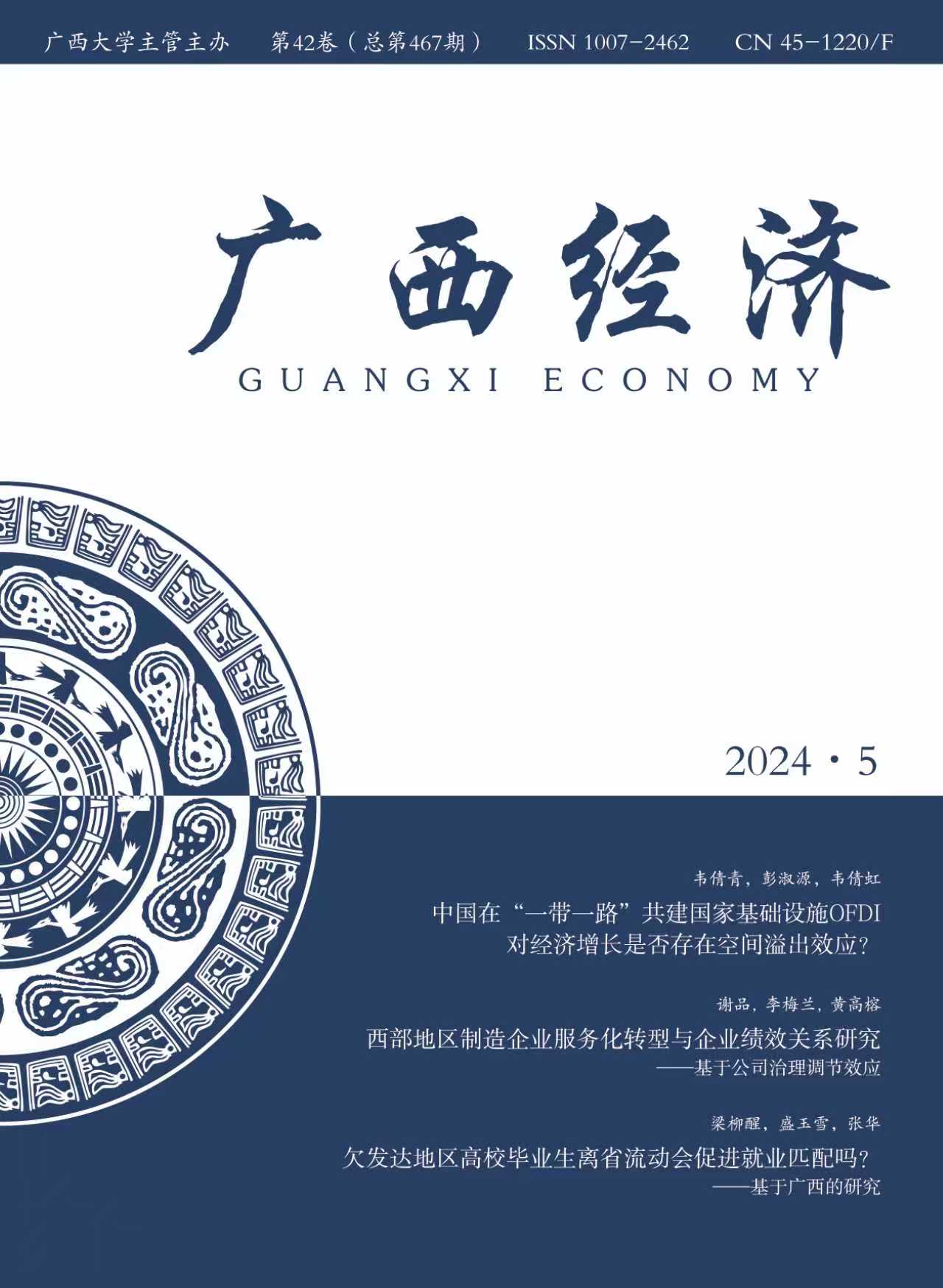Abstract: Agricultural insurance plays an indispensable role in mitigating agricultural operational risks, promoting the development of modern agriculture, and facilitating rural industrial revitalization. Technological innovation is the core driving force for achieving high-quality development of agricultural insurance. Based on the perspectives of insurance companies, government departments, and insured farmers, this study has systematically analyzed the practical effects and limitations of technological support for the high-quality development of agricultural insurance in Guangxi. The study finds that current technological support for agricultural insurance in Guangxi has achieved certain success in improving insurance efficiency, optimizing risk management, and increasing farmer participation. However, there are still problems such as uneven application of technology, insufficient innovation motivation, and difficulties in grassroots promotion. To address these issues, this study proposes the following recommendations: first, increase investment in technological innovation for agricultural insurance, particularly in data analysis, risk assessment, and intelligent management; second, emphasize and strengthen the construction of a talent pool for agricultural insurance technology, fostering and attracting high-quality professionals; third, enhance the awareness of local governments regarding the application of technology in agricultural insurance, encouraging policy support and pilot demonstrations; fourth, intensify the promotion of agricultural insurance technology, increasing farmers’ cognition and trust in new technologies. These measures aim to further promote the high-quality and sustainable development of agricultural insurance in Guangxi and contribute to the realization of agricultural modernization and rural revitalization goals.
Key words: agricultural insurance technology; agricultural insurance; agricultural remote sensing technology; blockchain technology; artificial intelligence

Reprinted from Guangxi Economic Journal, 2024,42(05):85-96.


 ADD:No.100 Daxue Road, Nanning, Guangxi, China
ADD:No.100 Daxue Road, Nanning, Guangxi, China Tel/Fax:+86-0771-3186687
Tel/Fax:+86-0771-3186687 Email: gse@gxu.edu.cn
Email: gse@gxu.edu.cn